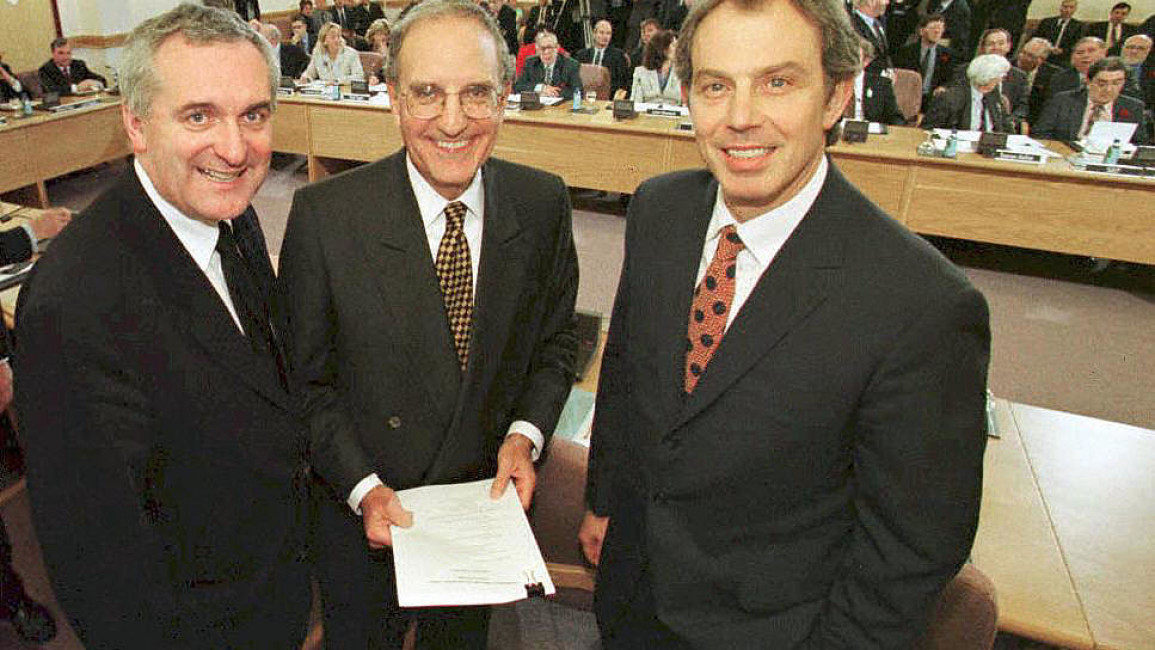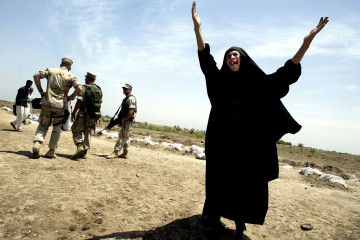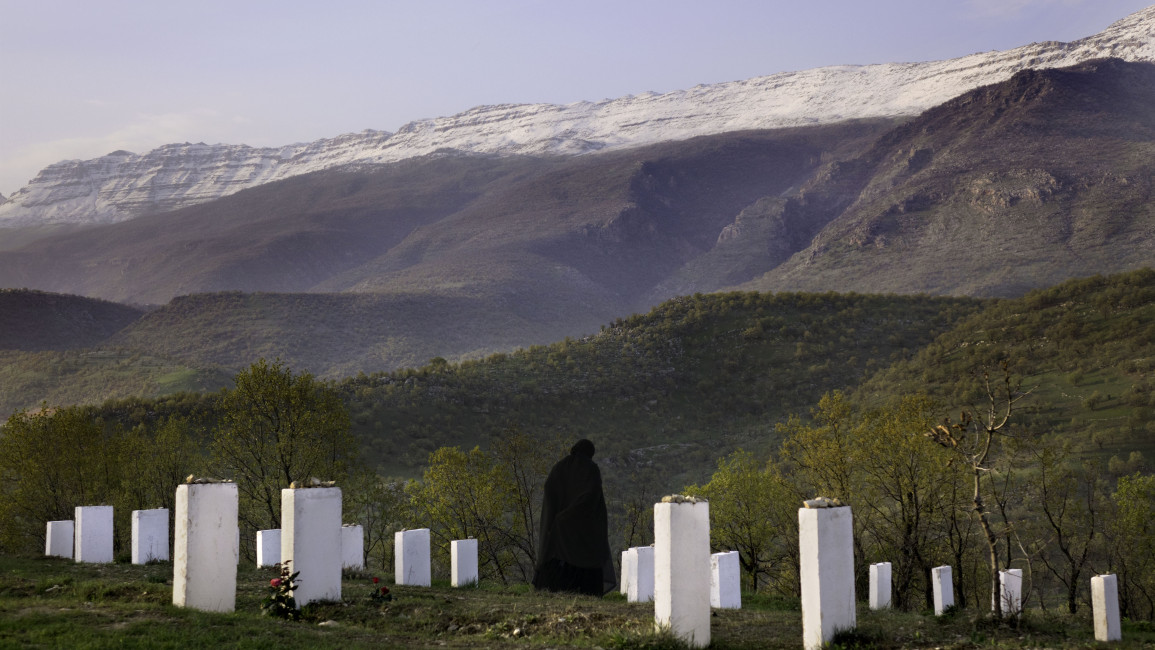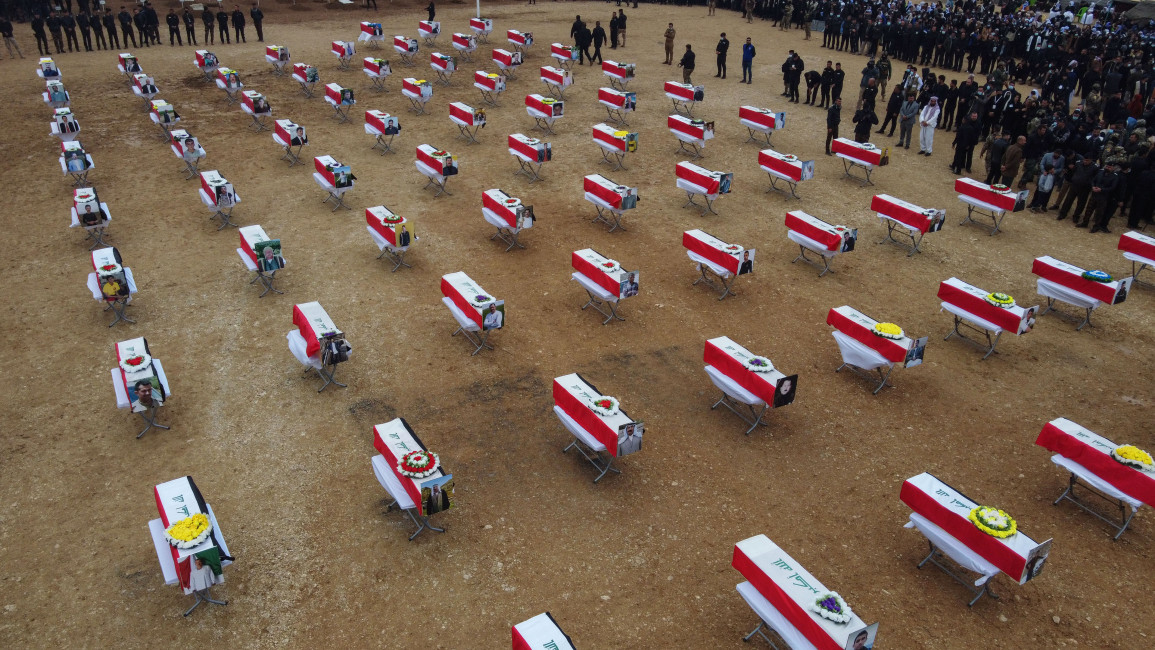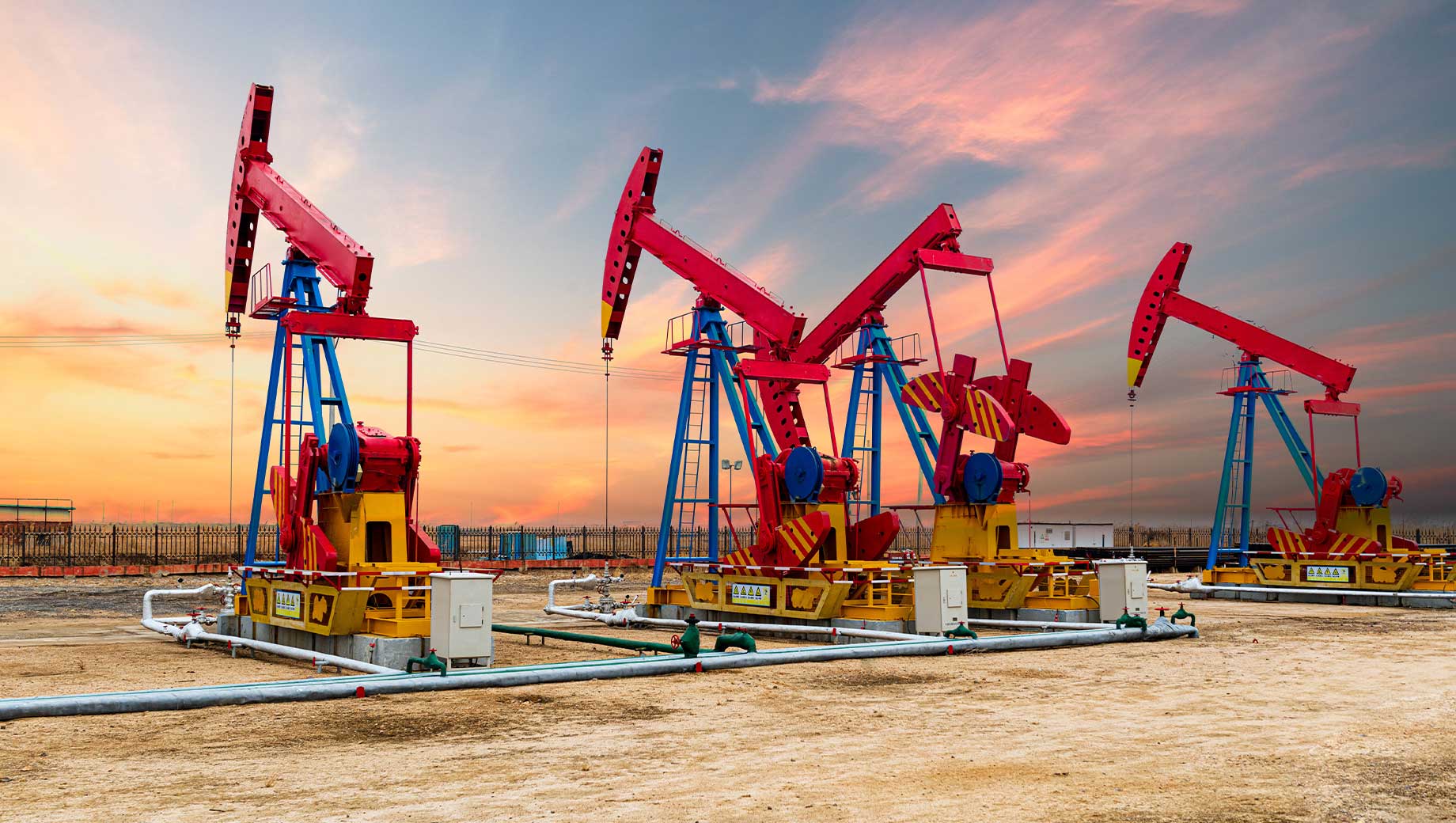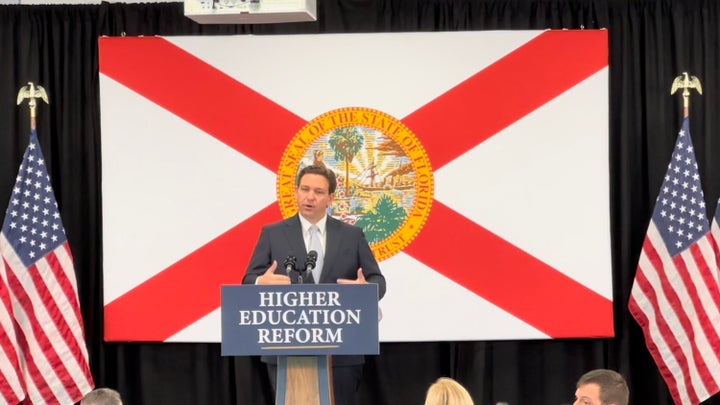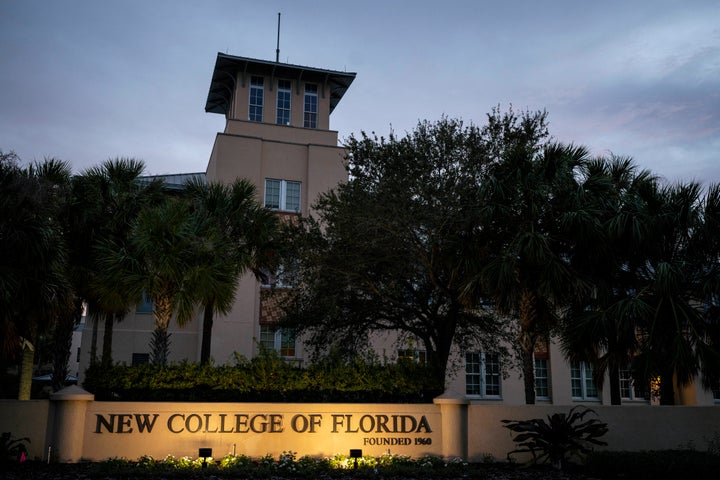In Colombia, a Story of Coffee, Family, and Climate Change

Photograph by Giacomo Bruno
#The Frontline#Identity & Community#Environmental Justice
04.10.2023
WORDS BY LUKE OTTENHOF
On The Frontline, a Colombian coffee farmer shares his fears of losing his family’s business to climate change and a market that doesn’t reward sustainability.
Coffee farmer Julián Arroyave does the same thing every morning when he wakes up at 5 a.m.: he takes a shot of aguardiente. It’s a sweet sugar cane liquor, Colombia’s favorite spirit. It’s fortifying and warming in the cool morning darkness. Outside, parakeets and roosters chirp and coo.
After the sip, Arroyave grinds coffee beans and sets a pot of water to boil. He mixes the grinds in, and within a few minutes, coffee is ready. Arroyave said this is how most Colombians prepare their coffee. It’ll simmer on the stove for most of the day. He and his farmhands will come back to dunk small ceramic cups when they need a pick-me-up. Arroyave will have 19 more cups throughout the long day.
Arroyave’s coffee farm, Finca La Palma, is spread along the steep slopes of a long, narrow spur of land just north of the town of Filandia in Colombia’s green, mountainous Cordillera Central. This is the heart of Colombia’s famed Eje Cafetero: the Coffee Axis. It sits between a split in the Andes Mountains over 6,000 feet above sea level, the ideal conditions for growing arabica coffee. For now, at least.
Finca La Palma has been in Arroyave’s family for four generations, starting with his great-grandfather. But Arroyave is at risk of losing his way of life as predatory global market dynamics and climate change complicate farming arabica coffee at a small scale. The future of coffee may shift away from family farmers like Arroyave and toward the industrialized mono-cropping of the giant coffee farms in neighboring Brazil.
Across 7 acres of Andean hillside, Arroyave raises around 30,000 coffee trees from seed to fruit. On the sunny January morning I visit him, he walks me through the dense, claustrophobic tangle of stiff, strong branches and green leaves. The trees sit on an incline of about 70 degrees, and the dark, rich soil doesn’t do any favors with keeping your footing. But Arroyave, in jeans and a blue polo, steps confidently and swiftly through the foliage, swatting limbs aside—one fingernail is painted with the Colombian flag—and looking back to ensure I make it through. Spread among the thicket of coffee trees are banana, mandarin, lime, and avocado trees. These provide fresh produce for Arroyave’s family and workers, but they do much more than that. The scents from the fruits waft through the farm, making their way into the coffee tree flowers. The process gives the beans slightly different flavor notes.
When we reach a clearing on the edge of the hill, Arroyave gestures to a stump to stand on. The view is spellbinding: rolling, magic-green ripples of earth trailing down beneath a bright blue, cloud-spotted sky.
“Coffee growers, not just me, we do this with a lot of care, with a lot of love.”
JULIÁN ARROYAVE
COFFEE FARMER
He cherishes the land and his relationship with it; you can see it in how he steps around the trees like old friends and how his hands grasp a piece of fruit from a branch. Cultivating and enjoying coffee is part of his life, and the tradition is now an integral part of the region’s culture and identity. The Eje Cafetero is one of the country’s top tourist destinations, and the region has won national awards for its coffee.
Looking out over the land, Arroyave’s sharp blue eyes and perpetual grin wane for a moment. He thinks these might be the last years of Finca La Palma. His children aren’t interested in continuing the family’s coffee farming tradition, so when Arroyave is too old to work, he might have to sell the farm. Arroyave doesn’t blame them; he smiles when he talks about his eldest son’s desire to go to university and find a job in the city.
When he was just 16, he left Finca La Palma to work as a police officer in Bogotá for 25 years. “When I was young, I also left town and the farm to go dominate the world,” he said. “All young people want to do that. We just hope they come back.” But it’s increasingly likely that if Arroyave’s children chose to continue Finca La Palma, they would be returning to a different farm than the one they grew up on as the planet grows hotter.
Coffee has grown to become a cornerstone of Colombia in the nearly 300 years since the French stole the crop from Africa and spread it across the Caribbean for cultivation and export. In 2021, the country exported $3.2 billion worth of coffee beans, making it the third-largest exporter in the world. Coffee was Colombia’s third-largest export after crude oil and coal, and the coffee production industry accounts for some 700,000 jobs in the country, on which half a million families depend. Some 95% of the country’s coffee farmers are smallholders like Arroyave.
But coffee producers are trapped between two worsening crises: climate change and poor pay. While the price of a cup of coffee rose overall between 1980 and 2018 alongside record profits for the roasting industry in 2021, the average price of unroasted beans from producers like Arroyave has stagnated and even dropped. And the climate crisis promises to devastate the industry in the coming decades. A United Nations study estimated that, by 2050, regions like the Eje Cafetero that are suited for coffee growing could decline by 50% with increased rainfall and higher temperatures making coffee farming more difficult. Some experts predict a global coffee crisis.
Andrés Montenegro, sustainability director of the Specialty Coffee Association, puts these numbers in different terms. “That’s not only a lot of coffee,” he said. “That’s a lot of people whose livelihoods rely on coffee. That’s a 50% impact on their income. If they’re already poor, they will be poorer.”
Montenegro, who is from Colombia’s southern Nariño Department, calls this “the coffee paradox.” “The coffee paradox is thriving coffee industries, reporting billions in profits every year, and poor farmers struggling to make a decent living every year,” he said.
Coffee farmers in the Filandia region have two harvests in the year. The first comes in April and May, and the second, larger harvest arrives between September and December. In these periods, Arroyave and his workers—local laborers from nearby Filandia—navigate through the dense web of tree branches, hand-picking tens of thousands of bright, deep-red coffee cherries. They drop them into sturdy woven baskets that are strapped around their waist, which hold up to 50 pounds of beans.
But not all the beans will be usable. Arroyave plucks a coffee cherry from a nearby tree, pulls a pocket knife from his pocket, and digs it into the tip of the cherry, prying it open and wiping away the gelatinous pulp surrounding the bean. He pulls the bean apart into two halves and points to the tiny black dots on them. These are the tiny coffee borer beetle, la broca in Spanish. Along with coffee rust, an aggressive fungus that infects and destroys the tree’s leaves and can decimate up to 80% of a coffee crop, la broca is Arroyave’s arch enemy.
Arroyave fights both threats, but he refuses to use pesticides, which compromise the coffee beans’ flavor and health. This type of coffee is “basura,” he grimaced. Garbage. Whenever Arroyave sees plants and spiders on his trees, he smiles. These are his natural pesticides: they eat and help temper broca populations. Unfortunately, studies of Ethiopian and Colombian coffee territories indicate that rising temperatures and rainfalls increase the likelihood of broca infestations and other diseases like coffee rust.
Farmers in the Eje Cafetero are bracing for climate chaos. Coffee needs a fine balance of rain and sun, which the area offers. But weather patterns have been changing quickly. “Last year, we didn’t have the summer we normally expect,” Arroyave said. “It was really short with only a few days of sun and a lot more rain. When the coffee flower captures too much water, it falls off and doesn’t produce cherries. That leads to a significant loss of production.” Luckily, Arroyave hasn’t yet had a landslide, or derrumbe in Spanish, on his farm. But last year’s heavy rainfalls brought flooding and derrumbes across central Colombia that killed 204 people and displaced more than 400,000.
Farmers like Arroyave in the Cordillera Central will be dealing with more and more weather extremes in the coming decades, particularly droughts and floods, which are intensified by La Niña and El Niño, climate patterns that originate in the Pacific Ocean and affect temperature extremes around the world.
“Some years, we have tons of water, which turn into floods, and then we have droughts sometimes even in the same year,” said Ana María Loboguerrero, the director for climate action at the Alliance of Bioversity International and International Center for Tropical Agriculture at the agricultural organization CGIAR. “There have been instances where farmers lose [all the crops] that they have. That’s like losing all their income for that year.” This unpredictability makes it difficult for farmers to decide when to harvest, which varieties to grow, or when to water—decisions that will maximize their yields.
Arabica beans like the ones Arroyave grows (he favors the Castilla varietal at the moment) are particularly susceptible to a changing climate. Robusta beans, which are popular and industrialized in Vietnam and Brazil, are expected to fare better in the climate crisis’ higher heat, but the majority of Colombian coffee farmers grow arabica.
Arroyave’s worries extend beyond his industry.
“Climate change hasn’t just affected coffee farmers,” he said, “but all people who depend on the land.”
In a brick room built on the back of the bungalow at Finca La Palma where the workers take their breaks, an old, hulking machine separates the harvested beans from their pods and pours them into a deep concrete tub filled with water. The good beans sink; the bad ones that the broca has burrowed into float and are skimmed off the top. After the wash, the water is emptied through a pipe that drains into the coffee trees. The empty bean pods are added to an enormous compost pile in various stages of decomposition. That compost is used to help cultivate the new trees. Arroyave grins and makes a circle motion with his hand. “It’s all cyclical,” he said.
He dries his beans on the rooftop of the bungalow, which he keeps covered like a greenhouse by a section of translucent plastic roofing. It’s only about 70 degrees Fahrenheit out, but the drying area feels like a sauna up here. Arroyave uses a wooden rake to move the beans around every two hours for 20 days. After drying, Arroyave roasts them at his roastery in Filandia, where they’re bagged and branded for sale. Arroyave sells Finca La Palma beans domestically. The permits for export are too expensive. A new initiative to institute a living income for coffee farmers shows promise, but Arroyave said his farm is too small to benefit from it.
This exclusion leaves smallholder farmers like Arroyave—who make up a lion’s share of Colombia’s coffee production industry—in the lurch. Both Montenegro and Loboguerrero’s research confirms that the situation at Finca La Palma is becoming eerily familiar.
“Kids don’t want to be on the coffee farm not because they don’t want to work in coffee, but because they don’t want to be poor,” Montenegro said. “They don’t want to endure the same struggles they see their parents face today.”
“Kids don’t want to be on the coffee farm not because they don’t want to work in coffee, but because they don’t want to be poor.”
ANDRÉS MONTENEGRO
SPECIALTY COFFEE ASSOCIATION
Between the harvests, Arroyave, his father-in-law, and a few hired hands face an endless list of maintenance tasks. They germinate and cultivate new coffee plants in a wooden planter box for eight months before transferring them to the ground. The Castilla varietals take between nine months to a year to begin producing berries, and if Arroyave is lucky, they’ll reliably bear fruit for 15 years before they begin to slow down, weaken, and rot. Then, Arroyave must hack them out and load them atop the compost pile. Nothing is wasted at Finca La Palma.
When the work in the coffee trees is finished for the day, Arroyave turns his attention to the other tasks on the farm. He feeds and tends to the pigs, chickens, and other fowl before he drives back into Filandia where he lives. He meets with his wife and two children in the town’s central square, sipping coffee and chatting with friends. As he drives into town, his left hand is constantly flying out the window to wave and holler a greeting at vendors and community members on streetside patios. Then, the Arroyaves head home for dinner.
Arroyave has a new job, too. Nowadays, Finca La Palma isn’t just a working coffee farm. Like a lot of fincas in the region struggling with insufficient profits, it’s also a tourist destination. Arroyave books tours through WhatsApp and picks up travelers in town to drive them the bumpy 20 minutes north of Filandia to La Palma. Arroyave is a natural guide: he’s warm and energetic, palpably passionate about the land and his work. The day my partner and I visit Finca La Palma, we’re the only guests.
Near the tour’s end, he sits me down at a table on the bungalow’s patio and prepares coffee three different ways. He sets a hot plate with a tin bowl on it, then pours in some unroasted beans. He cranks the heat up and stirs the beans every few seconds. A thick, sharp fragrance fills the patio. When the beans are ready, he transfers them into a grinder, then uses the grounds to prepare fresh coffee with a pour-over, a French press, and an Italian moka pot. He even prepares a tart, fiery shot: a hit of coffee with aguardiente and juice from a lime-orange hybrid that grows in his yard
As I sip my coffee, Arroyave reminds me how much time and work went into each sip. By his count, it’s around two years of labor. He would know. He’s raised this coffee from seed to cup. It’s a pride that only farmers can understand.
“Coffee growers, not just me, we do this with a lot of care, with a lot of love,” Arroyave said. “This is our culture, our tradition. It’s what we know how to do.”
FACT CHECKING JASMINE HARDY
Correction, April 10, 2023 1:51 pm ET
The previous title of Ana María Loboguerrero as head of global policy research for agricultural organization CGIAR in the text was outdated and has been corrected to reflect her current title.

